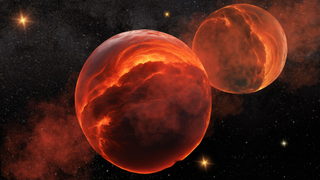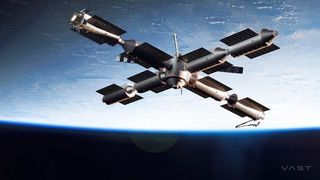
Robert Lea
Robert Lea is a science journalist in the U.K. whose articles have been published in Physics World, New Scientist, Astronomy Magazine, All About Space, Newsweek and ZME Science. He also writes about science communication for Elsevier and the European Journal of Physics. Rob holds a bachelor of science degree in physics and astronomy from the U.K.’s Open University. Follow him on Twitter @sciencef1rst.
Latest articles by Robert Lea
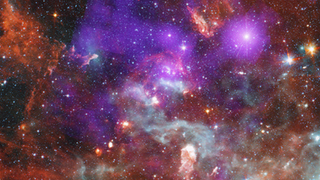
NASA's Chandra X-ray spacecraft finds 'danger zones' around stars
By Robert Lea published
Using NASA's Chandra spacecraft, astronomers have found "danger zones" for worlds where planet-birthing disks are blasted with high-energy radiation from massive young stars and rapidly disintegrate.
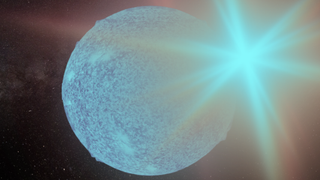
Newfound dead star spins record-breaking 716 times a second, explodes with thermonuclear blasts
By Robert Lea published
The neutron star 4U 1820-30 is one of the fastest spinning bodies in the universe, spinning at 716 times a second and erupting like an atomic bomb, NASA's NICER telescope has found.
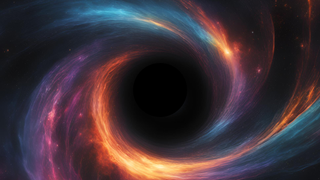
If black holes form in 'reverse Big Bang replays' they could account for dark energy
By Robert Lea published
Black hole formation could be a little Big Bang in reverse, coupling the matter of a dying star with dark energy, the mysterious force driving the accelerating expansion of the universe.

Hubble watches neutron stars collide and explode to create black hole and 'birth atoms'
By Robert Lea published
Astronomers have used a range of telescopes, including Hubble, to watch as particles dance around a neutron star collision that created the smallest black hole ever seen.
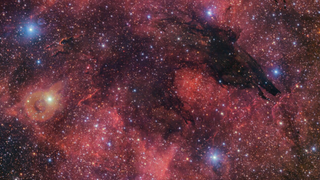
Dark Wolf Nebula shows off a howling good view in awesome Halloween image (video)
By Robert Lea published
Halloween is here, and there is no better way to celebrate than with a blood-curdling image of the Dark Wolf Nebula looking like a cosmic werewolf poised to grab an unwitting victim.
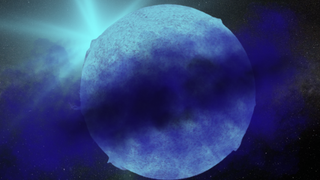
Dark matter might live in a dense haze around stellar corpses
By Robert Lea published
The extreme qualities of neutron stars could mean these dead stellar remnants gather dense clouds of hypothetical particles called "axions" around them, potentially shedding light on dark matter.
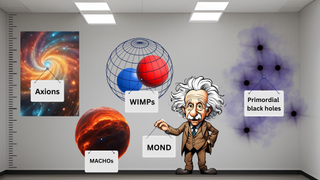
Happy Dark Matter Day! Meet the usual — and unusual — suspects in this cosmic mystery
By Robert Lea published
Dark matter makes up 85% of the stuff in the cosmos, but scientists have no idea what it is. Can you solve the case?
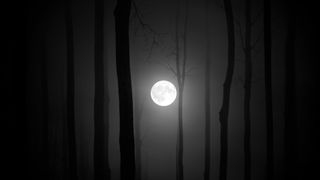
Halloween is here! Don't miss these 7 hidden gem horror films — and their cosmic counterparts
By Robert Lea last updated
In time for Halloween, we present seven terrifying cosmic monsters — and to meet your thirst for scares, we've added must-watch horror movies to this witches brew.
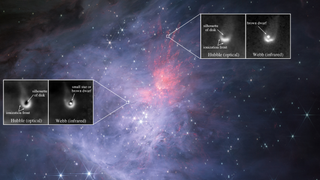
Can 'failed stars' have planets? James Webb Space Telescopes offers clues
By Robert Lea published
The James Webb Space Telescope has discovered brown dwarfs at the heart of planet-forming disks in the Orion nebula. The discovery could help reveal if these "failed stars" can have planets.
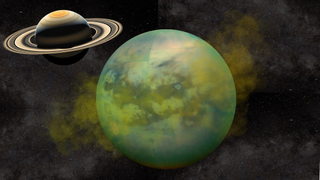
Saturn's moon Titan may have a 6-mile-thick crust of methane ice — could life be under there?
By Robert Lea published
A 6-mile-thick shell of methane ice on Saturn's moon Titan could assist in the hunt for life signs arising from this moon's vast subsurface ocean.
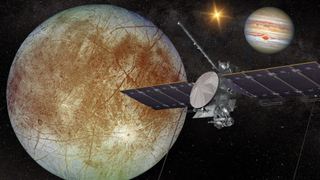
What next for NASA's Europa Clipper? The long road to Jupiter and its moons
By Robert Lea published
The NASA mission to Europa has some stops to make on the way.
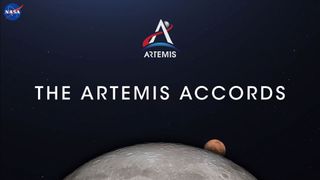
Artemis Accords: What are they & which countries are involved?
By Robert Lea last updated
Reference As the Artemis program aims to return humanity to the moon and beyond, the Artemis Accords lay out a framework for nations collaborating in this effort.
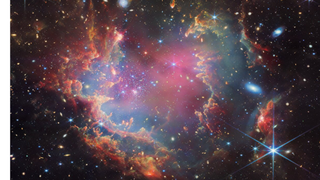
James Webb Space Telescope finds 1st 'failed star' candidates beyond the Milky Way
By Robert Lea published
Using the James Webb Space Telescope, astronomers have potentially discovered the first brown dwarfs beyond the borders of the Milky Way galaxy.
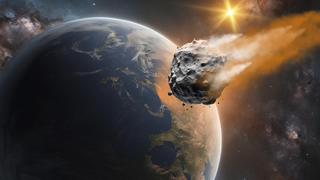
A meteorite 200 times bigger than the dinosaur-killing asteroid helped life on Earth flourish
By Robert Lea published
The destructive power of asteroids is undeniable — just ask the dinosaurs. New research suggests a huge space rock that struck Earth over 3 billion years ago may have benefitted early life.
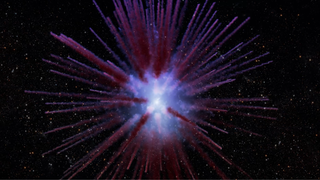
In a cosmic horror show, this zombie star survived a supernova explosion
By Robert Lea published
A zombie star has defied expectations by surviving a supernova explosion that should have destroyed it. The undead white star's "grave" is marked by a cosmic dandelion.
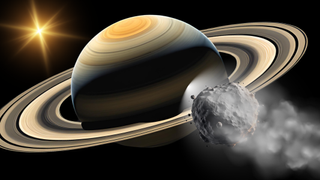
Saturn gets its 1st confirmed Trojan asteroid — but it might be stolen
By Robert Lea published
Saturn has finally joined the solar system's other giant planets in possessing a Trojan asteroid, but it may have stolen it. The bouncing asteroid seems to have originated in the Kuiper belt.
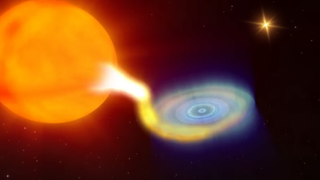
1st triple black hole system discovered in 'happy accident'
By Robert Lea published
The first "black hole triple" system, consisting of a black hole hungrily feeding on a companion star orbited by a more distant star, hints at a gentle formation process without supernova explosions.
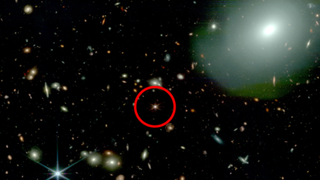
James Webb Space Telescope sees lonely supermassive black hole-powered quasars in the early universe
By Robert Lea published
The James Webb Space Telescope has discovered lonely quasars in the early universe, with "empty larders" that defy theories surrounding their growth to monster sizes.

How does the Cosmic Web connect Taylor Swift and the last line of your 'celestial address?'
By Robert Lea published
A map of gravity wells or "basins of attraction" in the local universe may resemble a Taylor Swift outfit, but they define the largest structure in the universe, the last line of your cosmic address.

With real scientific data, artist Martin Vargic has visualized hundreds of alien planets
By Robert Lea published
Space.com talks to artist and author Martin Vargic, who is turning exoplanets into stunning and intricate art.
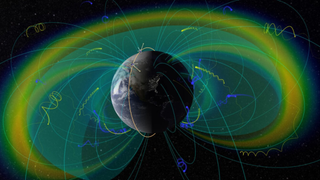
'Killer electrons' play pinball with space weather around Earth
By Robert Lea published
"Killer electrons" stashed in radiation belts around Earth could be dislodged by lightning to create a game of "cosmic pinball" that influences space weather around our planet.
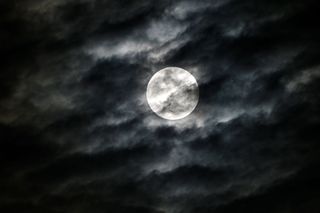
Hunter's Moon supermoon 2024 puts on a frightfully good show for skywatchers around the world (photos)
By Robert Lea published
The Hunter's Moon rose on Thursday (Oct. 17), becoming the biggest and brightest full moon of the year and wowing skywatchers around the globe with a spooky pre-Halloween show.
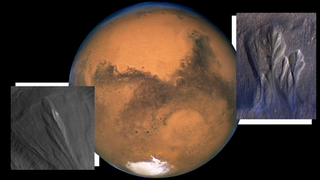
Alien life could lurk on Mars beneath protective ice, study suggests
By Robert Lea published
'Photosynthetic habitable zones' could exist beneath radiation-filtering ice on Mars, offering scientists another region in which to hunt for alien life.
Get the Space.com Newsletter
Breaking space news, the latest updates on rocket launches, skywatching events and more!
